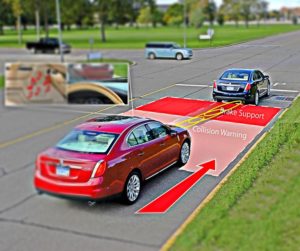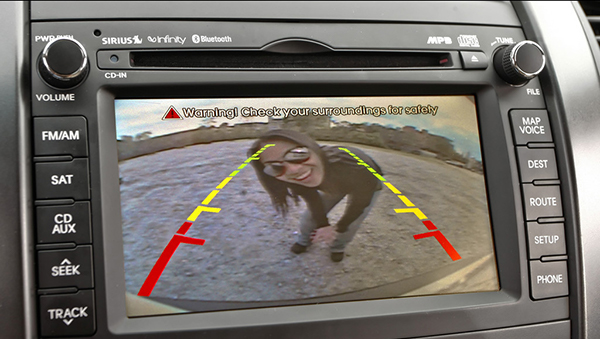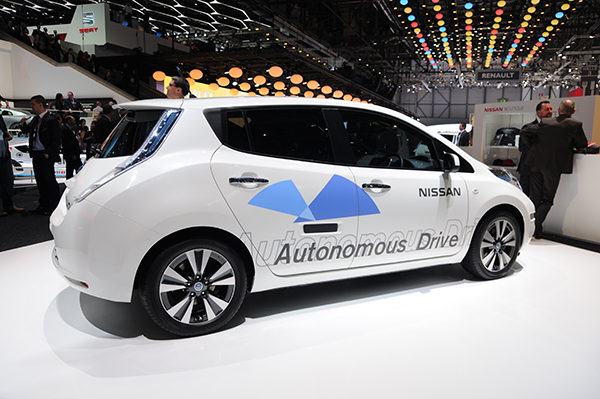Cars are getting smarter and also safer because of all the new technology packages that are now available. Maybe these ADAS packages are why we call them Smart Cars now. Not only can cars see blind spots and help you back up safely, but they can also keep you in your lane if you begin to drift. The new safety systems in smart cars have been proven to prevent collisions and minor accidents, thereby saving lives.
In many new cars, the Advanced Driver Assistance Systems (ADAS) features are included in base models. Sometimes, they are sold separately and offered in packages. Unfortunately, insurance discounts on an ADAS on your car are next to nothing.
If there are some new models you’re interested in, you can get multiple car insurance quotes to see how much more you’ll end up paying with a safety package. Just speak to an Insurance Specialist at 888.772.4247. You may end up spending a little more on insurance every month in a car with an ADAS, but that should not stop you from buying a car with these life-saving features.
What Features Should My Safety Systems Have?
Many new cars are already equipped with most useful new safety features out there. You may opt to get one or more features, depending on your driving habits and your budget. The following features have been shown to reduce accidents:
- The most important feature in an ADAS is the forward-collision warning. You have the option between auto brake and without auto brake: either one is fine.
- By 2018, all cars will have back-up cameras. They are very helpful, especially when backing out of a parking spot or parallel parking. Back-up sensors alone are definitely less effective but much cheaper.
- Blind-spot warning and rear-cross traffic alert are two features that you’ll often find bundled together. Consumer Reports gives this feature a thumbs up for safety.
- A useful feature that will prevent your car from wandering into another lane is called lane-departure warning and lane-keep assist. If you know you have a habit of leaving your lane when you drive, this new feature may be just what you need.
- Automatic parking is another option that’s been around for a while. Prices have gone down, so if you know you are prone to getting bumps and scratches in a parking lot or if parallel parking is your worst nightmare, this option may be right for you.
Why the Hike?
So, does your car insurance go down if your new car has all the safety gadgets that prevent crashes? It seems like common sense that companies would lower car insurance rates for cars with new technology, but it’s not as simple as that. These life-saving gadgets are expensive! If you end up having to repair or replace these parts, even after a minor collision, it will be a pricey loss. Think about how much it costs to replace a bumper and then think about how much more it would cost to replace a bumper with sensors and cameras.
How Much More Should I Expect to Pay?
Increases in insurance rates are different according to each company and state and depend on several variables. According to the Chicago Tribune, increases in insurance for high-tech cars in Illinois are 5.9% on average.
All in all, the new technology is worth the increase in costs. These new features do save lives, especially in an era of distracted driving. You always want to protect yourself as much as possible while behind the wheel.
Don’t psyche yourself out either. You may not be priced out on insurance rates. An Insurance Specialist can give you multiple quotes for your safe dream car at 888.772.4247.
The information in this article was obtained from various sources. This content is offered for educational purposes only and does not represent contractual agreements, nor is it intended to replace manuals or instructions provided by the manufacturer or the advice of a qualified professional. The definitions, terms, and coverage in a given policy may be different than those suggested here and such policy will be governed by the language contained therein. No warranty or appropriateness for a specific purpose is expressed or implied.


